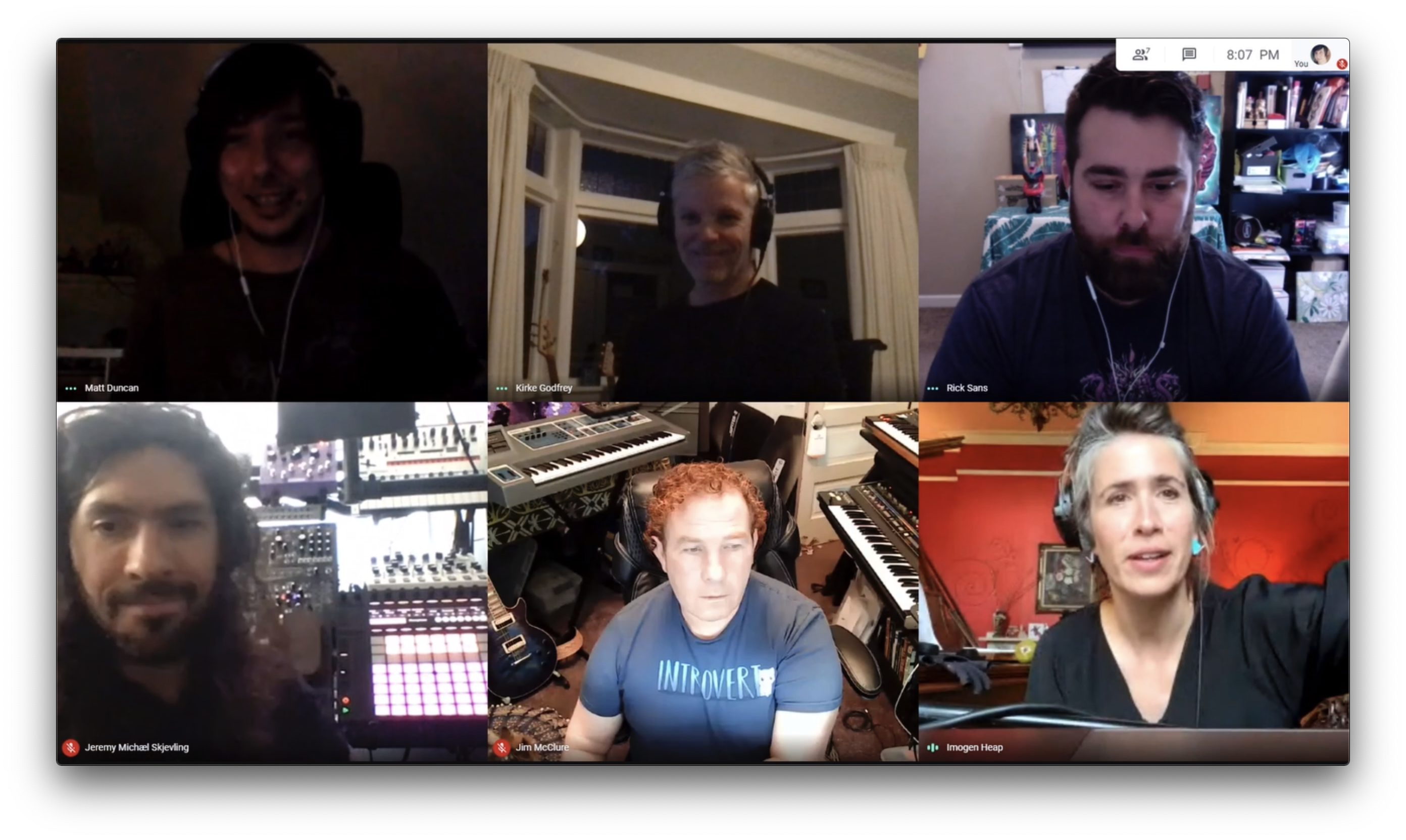Category: Blog
Endlesss seems to go on and on!
If ya interested… https://endlesss.fm
its Windy Today
More Fun with loop points
Really this is just about seeing what’s available in the new QuickSampler in LogicX, and as far as this tricks concerned, its pretty primitive compared to SOME of the tools out there, but given you can lock the loop lengths and start points to quantise values, it lets you do some fun stuff!
Just set up the CC’s in the mod matrix to 2 faders on your keyboard or whatever…
Start and Loop start to the same CC and Loops End to a second CC.
Its Raining, so…
#Endlesss
Had a rather dizzyingly early start a few mornings ago to jam with Imogen Heap via Endlesss
People : Meet Matt and Imogen…
The session was about an hour of absurd noises and some fun, it was an honour and delight to be involved …
I need to point out this was a collaborative effort, so also very much involved were: Jim Mclure, Rick Sands, and Jeremy Michael Skjevling. 
Thanks to all!
Got asked, so…Setup was: OBS collecting my 2 vid streams (laptop and Phone cameras) and intercom audio sending via Google Meet to the very gracious Matt at Endlesss, then music via Ableton Live ‘blackhole’d‘ to the amazing @EndlesssFM Studio, synching all the audio from the UK and USA to me. My Toys were a few NI soft synths, a Microfreak, with a tokai tele and a stingray bass via GtrRig.
Freak FNFR*
*For No Fucking Reason
Still Working on this…
Covid 19 Hard Times
if your on IOS and into sound…
borderlands iOS app
is a mesmerising art project, that also happens to be quite amazingly fun to make sounds with.
https://apps.apple.com/us/app/borderlands-granular/id561369733
